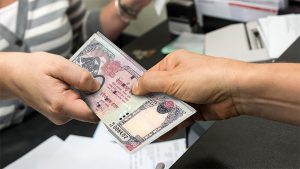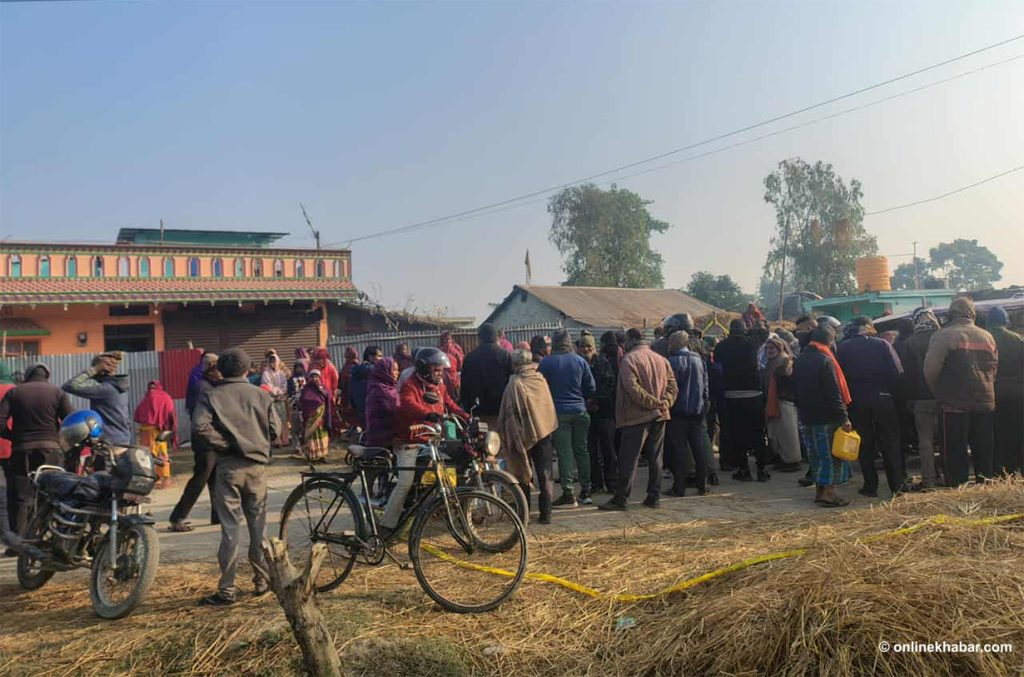
Looking back at the last two centuries, it is evident that the Nepali economy has never enjoyed prosperity. However, it has never been as bad as it has been over the past two years. With a lack of employment and opportunity, many have left the country and many are talking about doing so.
As conversations about the country’s economy echo from tea shops to parliament, many are expressing concerns about an imminent crisis. What events have unfolded in the past few years to fuel these apprehensions about the economy’s trajectory?
Just as indicators like blood pressure and sugar levels can provide insights into one’s health status, various economic metrics offer a glimpse into a nation’s economic well-being. These include foreign exchange reserves, balance of payments, investment, trade, gross domestic product (GDP), demand for goods or services, budget, revenue, investment, interest rates, liquidity situation, and more. By delving into this data and conducting a thorough analysis, we can gain a deeper understanding of the growing concern surrounding the Nepali economy.
Country that loves loans
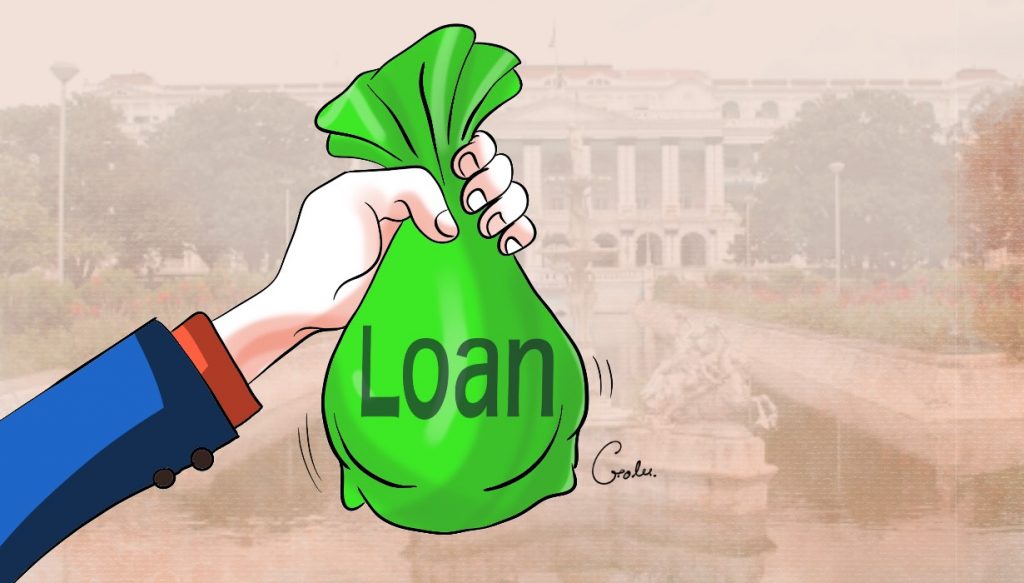
Currently, Nepal’s public debt stands at Rs 2.308 trillion. This means, that a debt of Rs 81,759 has been allocated to each Nepali citizen. This burden has sparked conversations not only among the public but also among leaders and policymakers, who are increasingly advocating for restraint when it comes to taking on additional loans.
However, is Nepal’s debt genuinely high? The statistics suggest otherwise. At some point, the debt-to-GDP ratio had reached 67 per cent. Presently, Nepal’s debt-to-GDP ratio is 44 per cent. Meanwhile, Japan has a ratio of 264 per cent, Singapore has 168 per cent, and the United States has 129 per cent.
Former finance secretary Rameshore Khanal says, “Nepal should not be increasing their debt that much. Nevertheless, we must now acquire as much debt as possible and increase our expenditure. There is no need to be afraid of borrowing 50 per cent of the GDP.”
He suggests that the government should not hesitate to raise internal debt, as it will not adversely affect the Nepali economy.
Dilaram Giri, Under Secretary of the Public Debt Management Office, also states that Nepal can bear the burden of public debt up to 50 per cent of GDP. He mentions that the loan will be spent on development and construction work, contributing to the growth of the Nepali economy.
Foreign exchange reserves sufficient for 12 months
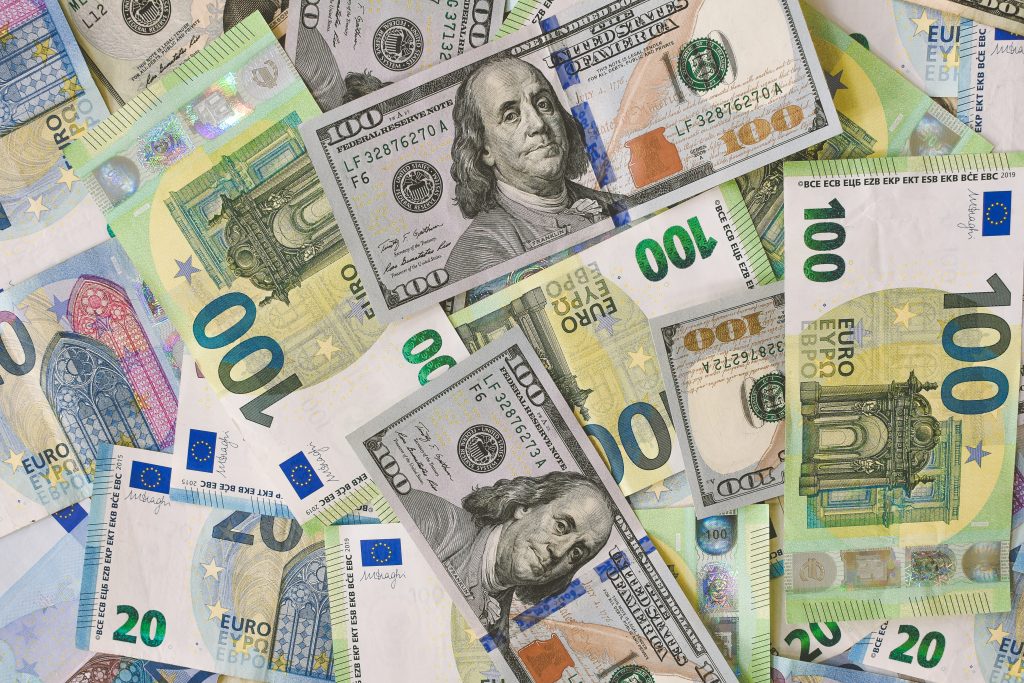
Any country should make payments in foreign currency when importing goods from abroad. Similarly, the principal and interest of the loan taken from abroad must be settled in foreign currency. Foreign investors also require foreign currency to distribute dividends. That is why countries have amassed a specific amount of foreign currency, such as US dollars and Euros.
Two years ago, the foreign exchange reserves decreased significantly as the country could only afford to import goods and services for six and a half months. At that time, the policymakers of Nepal were afraid that the country would head the way of Sri Lanka and put an import ban on luxurious goods. Experts argue that the government did not have to panic like that.
Lately, with the increase in remittances along with tourists, the situation has changed as the foreign reserves have increased significantly.
Experts say the country should be cautious about how much foreign currency reserves a country like Nepal should retain. In comparison, larger economies typically maintain substantial foreign exchange reserves due to their significant volume of trade and capital flow, which often results in substantial debt payments.
These reserves serve various purposes, including stabilising the country’s currency value or deliberately keeping it lower compared to the US dollar, meeting foreign liabilities, preventing potential economic crises domestically, and occasionally investing in domestic projects. However, it is important to note that the strength or weakness of the Nepali currency is not solely determined by the foreign exchange reserves in Nepal. Instead, it is largely influenced by the exchange rate with India.
Generally, there is an international consensus that foreign currency reserves should be sufficient to cover three to four months of imports. Nepal Rastra Bank has established the target of maintaining foreign exchange reserves to cover the import of goods and services for seven months.
Nevertheless, Nepal has retained an excessive amount of foreign exchange reserves. This trend is not unique to Nepal; other countries in Asia also maintain substantial foreign currency reserves.
According to Prakash Kumar Shrestha, Executive Director of the Economic Research Department of Nepal Rastra Bank. “There is no pressure on foreign exchange reserves. They should be used to improve the economy.”
Studies conducted by various universities have indicated that maintaining excessively high foreign currency reserves could result in a permanent decrease in domestic consumption. Furthermore, these studies have highlighted that an increase in foreign currency reserves is likely to lead to higher levels of foreign loans and a reduction in the loan repayment period.
Donghyun Park and Gemma Esther B. Estrada, in their research titled, Are Developing Asia’s Foreign Exchange Reserves Excessive? An Empirical Examination conducted at the Asian Development Bank (ADB), have concluded that it is not appropriate to maintain foreign exchange reserves exceeding what can support four months of goods and services imports.
Research has additionally demonstrated that the excessive accumulation of foreign assets forces developing countries to bear a loss of 1 per cent of GDP.
In our country, foreign investment in the stock market and real estate has not been approved. So, there is no demand for foreign currency in large quantities at once. Therefore, one of the most significant policy mistakes made by Nepal was the import ban imposed to conserve foreign currency. This decision led to an increase in smuggling and a loss of government revenue.
Improvements in balanced payments, current account deficit
The balance of payments represents the difference between foreign currency leaving Nepal and entering Nepal. A surplus of foreign exchange entering the country is beneficial for the economy, while an excess outflow is detrimental.
Most of the transactions with foreign countries are documented in the current account. As of the end of fiscal year 2021/22, the current account deficit stood at minus Rs 623 billion, equivalent to 13 per cent of GDP. This marks the highest recorded deficit in the current account.
Presently, the balance of payments shows a positive trend, amounting to Rs 273 billion in the initial six months of the ongoing fiscal year. The current account has also turned profitable, reaching Rs 162 billion.
The implementation of control-oriented policies in the past two fiscal years led to a decline in market demand, impeding the increase in imports, and an economic slowdown has ensued as a ‘side effect’.
In the previous two fiscal years, the current account deficit and balance of payments issues were addressed through measures such as import restrictions. Nevertheless, there has been a notable surge in remittances. It appears that Nepal’s balance of payments problem has been resolved.
Decreased interest rates, inflationary pressures
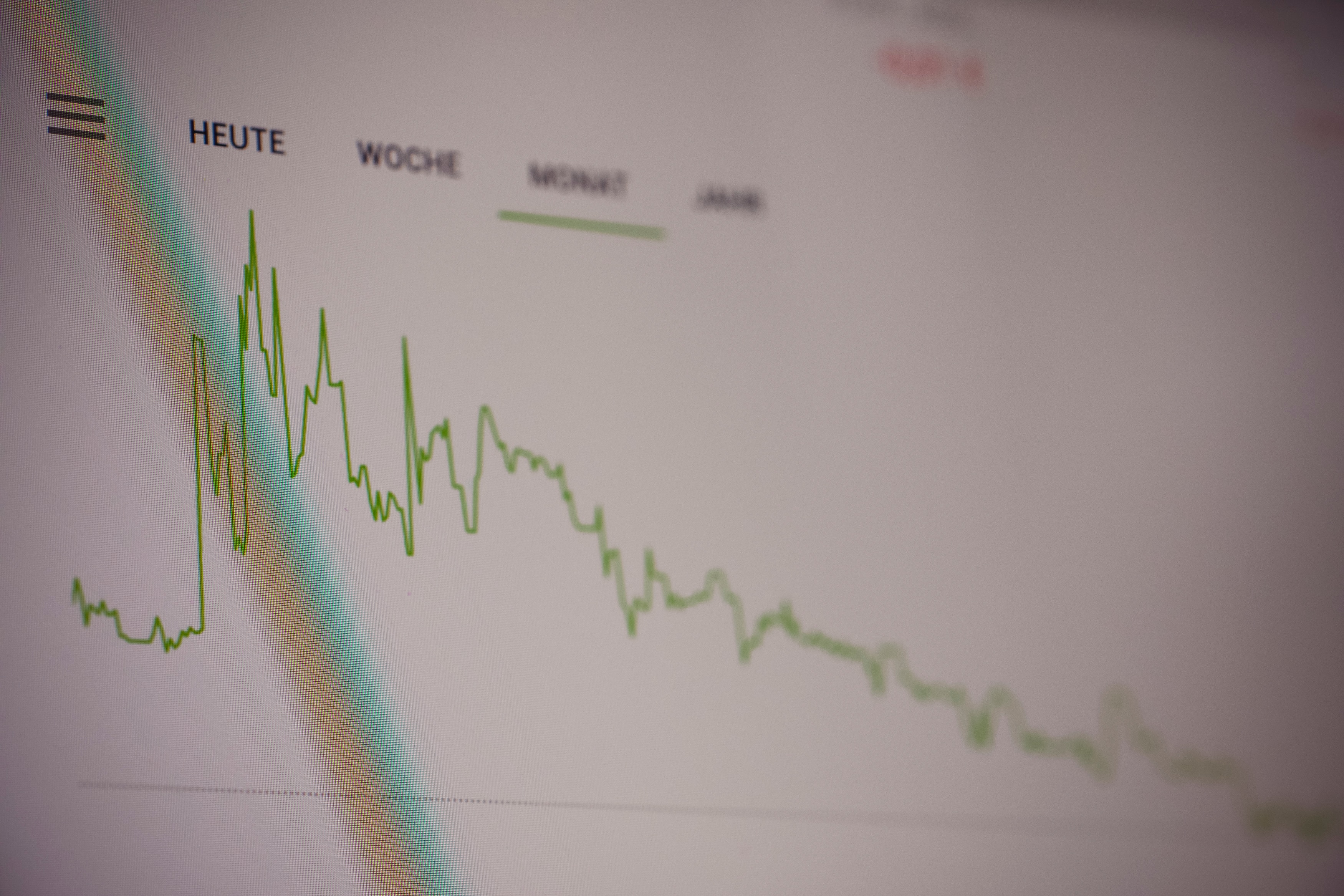
Whether individuals are inclined to take out a loan or invest is determined by the availability of loan rates. When people have access to affordable loans, they are inclined to borrow, leading to increased investment, job creation, and heightened economic activity. And when interest rates are high, people tend to be reluctant to take out loans, resulting in weakened economic activity.
Since December 2021, Nepal faced the challenge of simultaneous high inflation and elevated interest rates for two years, reaching 7.11 per cent in the same month and surpassing the Nepal Rastra Bank’s control,
For the subsequent two years (22 months), Nepal experienced a period of high inflation, with peak inflation reaching around 9 per cent. Only in October of this year did inflation fall below the limit set by the Nepal Rastra Bank, i.e., 6.5 per cent. In January of the current year, inflation stood at 5.26 per cent.
Due to increased international prices and measures taken to discourage imports of certain items, and implemented measures requiring up to 100 per cent cash margin when opening letters of credit (LC), contributing to the overall increase in prices.
Central banks worldwide raised interest rates to manage inflation. Similarly, the Nepal Rastra Bank revoked the facilities provided during the Covid period, resulting in a liquidity shortage in the market and elevated interest rates. Additionally, the weighted average interest rate on loans, as determined by banks and financial institutions, reached 13.3 per cent due to the rise in the policy rate.
However, with the recent easing of liquidity in the market and the NRB’s reduction of the policy rate, the weighted average interest rate for banks dropped to 11.38 per cent by the end of December this year. This figure is lower than the interest rate recorded before the onset of the Covid-19 impact. Before that, the long-term interest rate averaged 12.5 per cent.
Nevertheless, the impact of declining interest rates has not manifested in credit expansion. In the six months of the current fiscal year, credit expansion to the private sector has been only 4. Former Finance Secretary Khanal says that as businessmen are already in debt, they are not in a position to take on more loans. Additionally, half of the commercial banks are unable to provide loans due to a lack of capital.
Loss of 150 billion in revenue
There has been a continuous decline in government revenue for two years. In the last fiscal year, the federal government had set a target of Rs 1.4 trillion in revenue collection, but could only collect Rs 1.01 trillion. In the current fiscal year as well, the government has set a revenue collection target of Rs 1.402 trillion. This year’s revenue target is 41 per cent higher than last year, which is almost impossible to achieve.
However, while Nepal’s average revenue growth rate was more than 21 per cent in the 11 years before Covid, the revenue decreased by 9 per cent last year. In these six months, the revenue growth rate is only 5 per cent, while the increase is 40 per cent.
The government had set a revenue collection target of Rs 668 billion in the first six months of the current year. However, the collection amounted to only Rs 515 billion. Consequently, there has been a loss of Rs 153 billion in government revenue during the initial 6 months of the current year.
“If the government increases capital expenditure, then money will reach the hands of the people, contractors, and industrialists. It will create more demand, increase consumption, and ultimately contribute to the government’s revenue,” says former Finance Secretary Khanal. “However, now that the government is unable to spend, an increase in revenue does not seem likely.”
Khanal argues that if the government persists in this trend, this issue will escalate in the forthcoming year as well. Dhani Ram Sharma, the spokesperson of the Ministry of Finance, notes that the revenue has not been gathered as anticipated, thus the expenditure has not risen.
Attempt to reverse economic downturn

In the discussion on how to revive the economy during a recession, John Maynard Keynes’ theory is always considered to be significant. According to Keynesian economics, the solution to economic recession is for the government to increase spending. If the government can boost consumption and investment by reducing tax rates and increasing direct spending, an economic recession can be avoided.
Keynes believes that if the government is practically unable to spend, it should do so in an unreasonable manner. If the government cannot undertake other projects, it should invest in monuments, such as the Egyptian pyramids. If that is not possible, the government should bury the money underground and assign mining companies the task of extracting that money.
In any case, the government should raise the overall demand by increasing expenditure–a concept many countries around the world have adopted as the fundamental principle.
However, the situation in Nepal is exactly the opposite. In the past two years, the Nepali economy has been in a recession. In the last fiscal year, economic growth continuously declined in two quarters. It is also clear that the economy has gone into the red.
Despite this, the government has not increased capital expenditure; on the contrary, it has decreased it. Even when compared to five years ago, the share of capital expenditure in GDP was 6.3 per cent in 2018/19, which decreased to 4.3 per cent last year. In the first six months of the current year, it has decreased to only 0.9 per cent.
Today, the private sector is currently burdened with debt and unwilling to spend. Khanal states that, in this situation, the government should increase expenditure, prioritise completing ongoing projects and allocate funds for new projects. Nevertheless, Khanal emphasises caution against escalating long-term liabilities under the guise of increasing expenses.
Due to the government withholding payments, however immediate, the economic issues have worsened. Professor Dr Shivraj Adhikari, Head of the Central Department of Economics at Tribhuvan University, comments on the situation.
He highlighted that the actions of the private sector are closely tied to government spending. “The less active the government, the less active the private sector becomes. In other words, the performance of the private sector hinges on government expenditure,” he explained.
To make the implementation of the budget effective, the constitution dictates its submission to Parliament at the end of May, but it has not worked out as planned. It has become a system in which the budget is spent in May and June. He mentioned that due to the government’s inability to spend last year, the Nepali economy has slowed down this year. If there is no spending this year, both revenue and expenditure will decrease next year as well. “If we proceed in this way, the Nepali economy will remain in recession next year as well,” he said.
Decreasing demands

The Confederation of Nepal Industry (CNI) recently conducted a study on the changes in demand in certain sectors over the past two years. According to the data obtained from this study, the decline in demand in the economy appears to be significant.
In comparison to two years ago in 2021/22, the overall demand has decreased by 37 per cent in the current year 2023/24, states the survey. Similarly, the turnover of industries has also declined by 31 per cent during that period.
Moreover, the number of LCs opened for imports, especially for raw materials, has decreased by 32 per cent. Considering these three figures, domestic demand in the country has seen a substantial decrease.
During this period, the sales of the automobile sector appear to have decreased the most by 77 per cent. Demand has decreased by 45 per cent in cement, 53 per cent in engineering and construction, 50 per cent in plastic, and 46 per cent in other industries.
This fact has also been accepted by the International Monetary Fund. In the third review of the Extended Credit Facility (ECF), the IMF noted that weak domestic demand has affected the government’s revenue and expenditure despite solving the foreign exchange problem.
Import and domestic industry capacity utilisation data provide a picture of whether domestic demand has decreased or increased in the country. Looking at it in that way, imports decreased by 16.1 per cent in the last fiscal year 2022/23, while they have decreased by 3 per cent in the six months of the current fiscal year. The economic activity study of the Nepal Rastra Bank has shown that the industry was able to utilise only 49.8 per cent of the total capacity in the last fiscal year 2022/23.
When there is a sharp decrease in demand, there is an economic belief that both the direct expenditure of the government and the money provided by the central bank through the financial system should be increased. However, due to money in the financial system, credit expansion is very slow. In the private sector, credit growth from banks has increased by only 5 per cent.
It seems that the demand has decreased due to the rapid migration of young people abroad. In the last year, 768,000 young people went for foreign employment. If we calculate only about 100,000 more who go to study, half of 900,000 young people have already left the country in the last year. “When the youth who consume the most go abroad, there will be a decrease in demand,” says the official.
Problem created by the wrong monetary policy

Former Finance Secretary Khanal states that the root of the problems seen in the economy now is the wrong monetary policy. “After Covid, the budget missed providing relief to the people. It brought subsidies and loans for which it was praised. And the Nepal Rastra Bank did not correct that policy in time.”
Khanal argues that if the Nepal Rastra Bank had stated that this system would be applied only for six months when the policy was introduced, or if it had been corrected immediately, the current problem would not have arisen.
The lockdown imposed in March 2020 was gradually eased from November of the same year. Despite the easing of restrictions, Covid-related facilities and infrastructure were not promptly removed as expected. This delay, extending over 18 months, significantly impacted the Nepali economy, causing considerable challenges. Critics argue that the Nepal Rastra Bank (NRB) should have taken proactive measures to provide ample liquidity and closely scrutinised the allocation of loans when interest rates dropped.
Nevertheless, Khanal says that monetary policy cannot currently resolve this problem.
“There needed to be meticulous monitoring during that period. The businessmen acknowledged that they purchased land as they got a loan at that time. Consequently, the stock market soared to 3,200 points, and imports surged by 36-37 per cent. However, there was no inquiry into the reasons behind these occurrences,” says Khanal.
“Amidst the Covid pandemic, the private sector has been affected by low-interest loans, making it unable to acquire additional loans,” he continues.
With no conducive environment for subsequent investments, he says it was time for the government to take the initiative and invest when the private sector is refraining from borrowing.
Internal debt, Khanal says, is not a concern for the economy.
“If the government spends by taking loans now to sustain the economy, the revenue will rise tomorrow, so the debt will be repaid,” he said.
He points out that a major portion of the loans has been directed towards imports, real estate, and shares, resulting in minimal returns.
“Businessmen invested money in imports and real estate, but the returns on these investments were not realised,” he says. “Even when they extended loans, they couldn’t secure the payments, creating an incomplete cycle of business.”
Our debt is nearly equal to the GDP. Nevertheless, our economic growth is only 4.5 per cent,” he states. “This indicates that loans do not contribute significantly to economic growth.”
“Currently, the government is taking loans from banks and giving them to the local level, but the municipalities have not spent them and kept them in commercial banks,” he said. The official argues that since the banks were able to use the 60 per cent savings kept at the local level, they are not enthusiastic about giving loans.
“Because there is no benefit in giving that money to common people. The cost of that is expensive,” said the official. “Banks want to give to big businessmen, however, they are not in a position to take it now.”
It appears that those in the government’s leadership are merely giving verbal support to economic reform. However, the urgency and gravity of the reform do not seem to have been internalised anywhere. Increasing government expenditure is a crucial step in addressing the issue. Nevertheless, sources within the ministry indicate that the Ministry of Finance is advising against further spending due to a lack of resources for various projects.
It is essential to maximise the utilisation of available resources, and if necessary, amend the budget to expedite development expenditure through additional loans. Acceleration of infrastructure construction is imperative, even if it entails removing employees causing hindrances and incurring expenses by lingering on projects.
As the Prime Minister suggested, this should be achieved by working in three shifts, prioritising infrastructure projects with a significant impact on economic growth. Whether it’s a contractor or an employee, persisting excuses based on others’ opinions the ‘last opportunity’ as proclaimed by the Prime Minister, will be in jeopardy.







